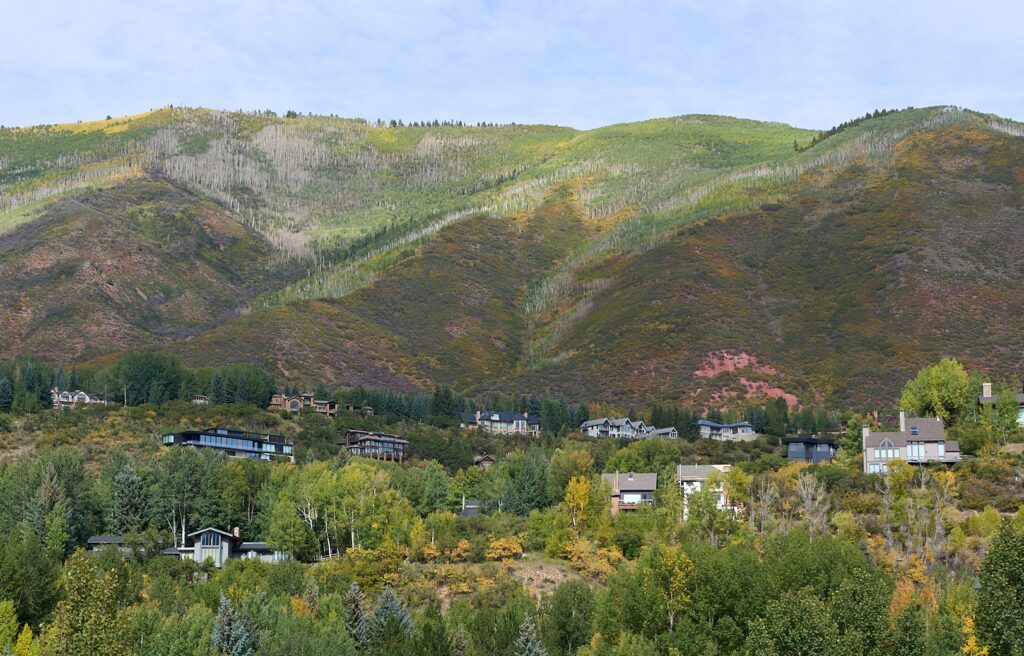Serviceberry in Spring
ACES Staff
May 23, 2013

It’s that magical time of year where new bursts of life color the landscape seemingly overnight, and my early evening wanders around the Woody Creek ranch I call home have become a daily occurrence. My eyes are peeled for subtle changes in plant phenology—periodic life cycle events such as budburst, first leaf and first flower—that I’m tracking as part of ACES’ Community Field Lab citizen science initiative.
| Serviceberry buds |
If I’m lucky, my walk will coincide with the lifting of a passing cloudburst—the late afternoon sun on the red rock cliffs and deep green conifers silhouetted against dark grey storm clouds is Colorado at its finest—or perhaps I’ll happen upon the valley’s elk herd or hear the turkeys conversing in the grass.
But the real stars these days have been the deciduous flora, which have taken to the long-awaited milder weather with wild abandon. For a recent stroll, I pulled on my mud boots and took the currently mucky path less traveled through a south-facing gambel oak forest. I was delighted to find the route lined with western serviceberry shrubs, all bursting with their first flowers of spring! Recent rains made their slender, smooth branches appear even darker than usual, causing the white blossoms to pop out in contrast.
| serviceberry flowers |
Ah, the joy that the first spring bloom brings! The tale behind the name of this particular plant, however, has a slightly darker tone. Lore has it that the blooming of serviceberry heralded the arrival of spring to early settlers, more specifically, the thawing of the earth. This meant that they were finally able to bury their dead who had passed on during the winter. During these early spring funerals, serviceberry was the only flower readily available for services, hence the plant’s common name.
Despite this morbid tale, serviceberry plays an integral role in local ecosystems. Its berries provide critical forage for bears and birds and its thickets provide valuable shelter for small animals. Native peoples used its fruit in pemmican (the original energy bar) and its branches for arrows and spears. Its showy flowers, edible berries, and fall foliage also make it an excellent choice for native gardens.
If you enjoy frequent wanders as much as I do and find yourself noticing the ways your favorite plant changes with the seasons, join ACES Community Field Lab in recording your observations. Happy looking!
~ Jamie Cundiff, Forest Programs Director
Related Content

RFV Phenology: Green is out, yellow is in! Or is it?
Learn More
ACES // City of Aspen Open Space Birding: Marolt Open Space 9/5/2024
Learn More